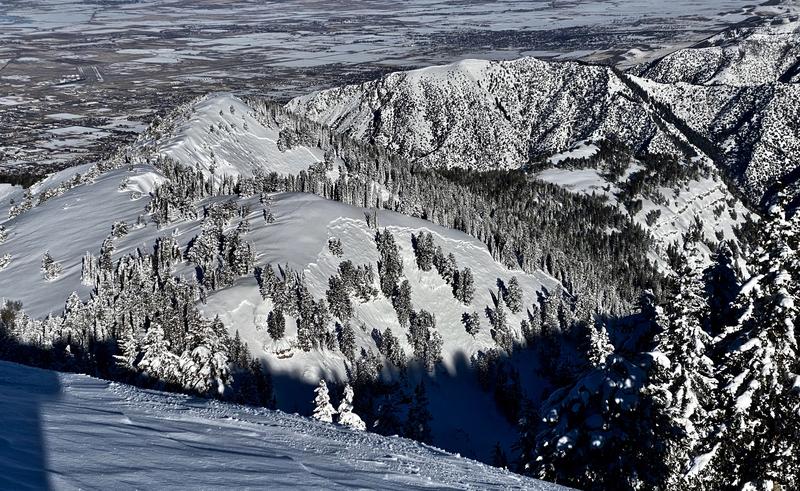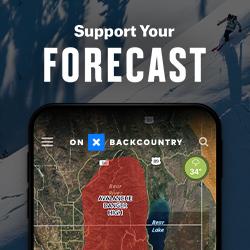Forecast for the Logan Area Mountains

Issued by Toby Weed on
Saturday morning, February 27, 2021
Saturday morning, February 27, 2021
Conditions in the backcountry are very dangerous due to heavy snowfall and drifting from strong west winds. There is HIGH avalanche danger on drifted upper and mid elevation slopes facing northwest through southeast. People will likely trigger large avalanches failing 3 to 4 feet deep on a widespread buried persistent weak layer if they venture into steep terrain, and natural avalanches are likely. Large and dangerous avalanches might be triggered remotely, from a distance, or below.
- Expect unstable snow conditions, even if obvious signs of instability are absent.
- Avoid travel in avalanche terrain. Stay off and out from under slopes steeper than about 30 degrees.

Low
Moderate
Considerable
High
Extreme
Learn how to read the forecast here







